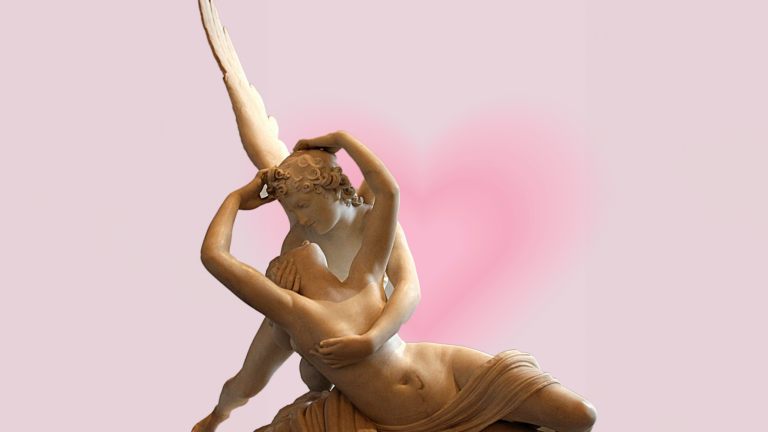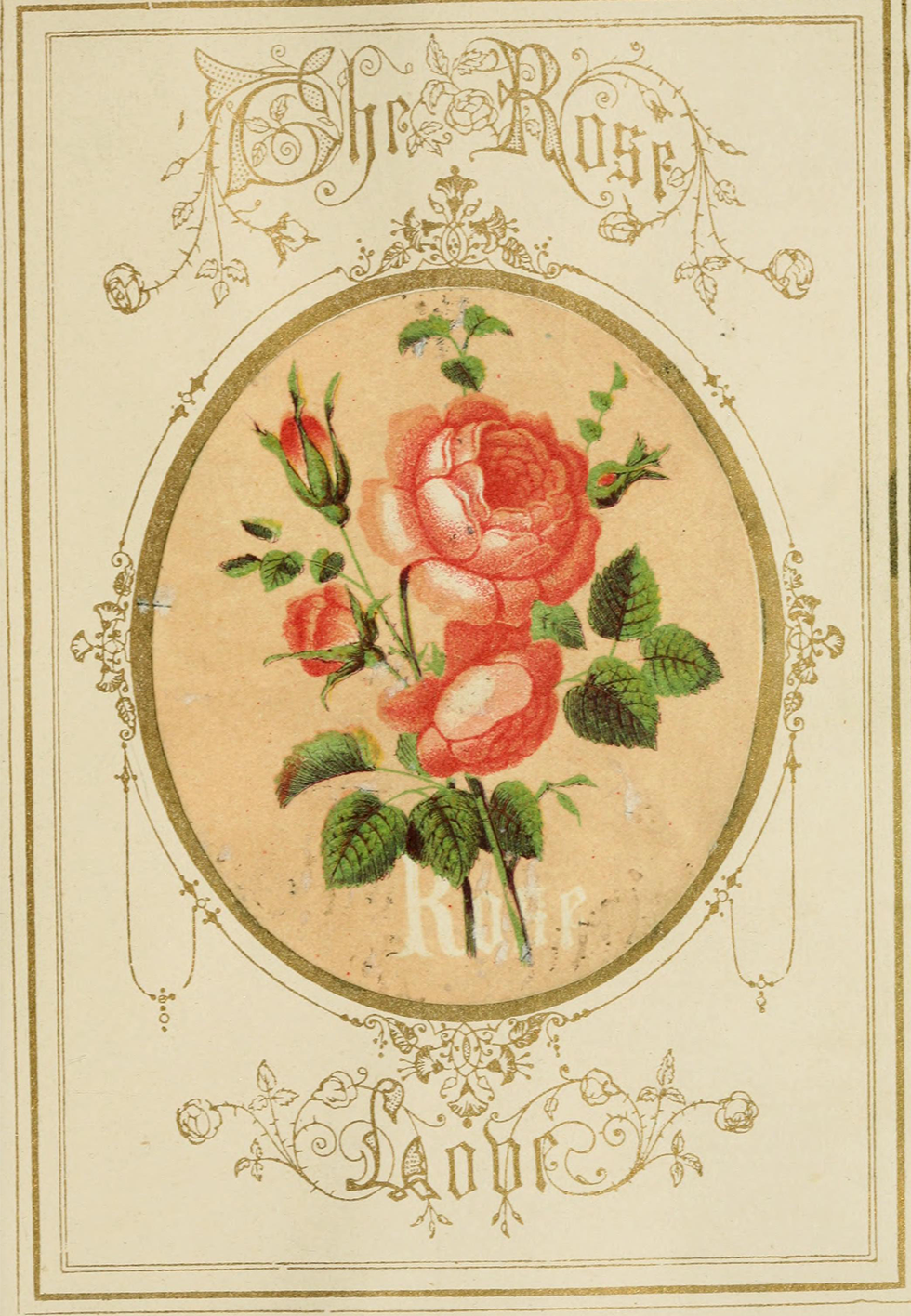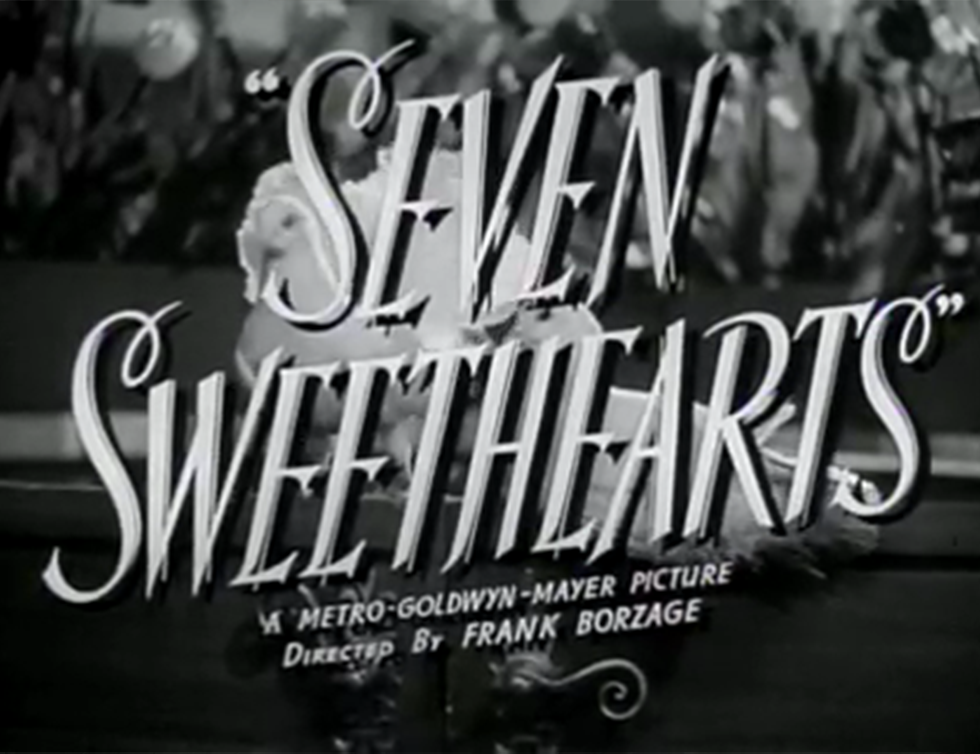
Romance rituals blossom from unexpected origins
You’ll find chubby Cupids shooting hearts across many a Valentine’s Day card, but the god of love was once far less cherubic.
Cupid first appeared in Ancient Greece as Eros, a name meaning desire. He was a handsome adolescent who sparked irresistible lust with his piercing arrows. In Sophocles’ Antigone, Eros’ powers were lamented as both destructive and unavoidable: “Neither immortals, nor mortals that live for but a day, can escape you, he that has you is driven mad.”
Romantic traditions, like the adorable version of Cupid or gifting your lover a red rose may seem old-hat, but there’s much unexpected history to be found in our courtship rituals, say scholars at the USC Dornsife College of Letters, Arts and Sciences, who dig into some of our most popular customs.
Why do we celebrate romance on St. Valentine’s Day?
Contrary to popular legend, the real St. Valentine had nothing to do with romance. The saint is likely an amalgam of several historical figures named Valentini who were executed because of their Christian faith. Several were beheaded on Feb. 14, which became the saint’s feast day.
Stories crediting St. Valentine with passing messages of love or enacting Christian marriage rituals arose much later and were not part of original church teachings.

“The love connection probably appeared more than a thousand years after the martyrs’ death, when Geoffrey Chaucer, author of The Canterbury Tales, decreed the February feast of St. Valentinus to the mating of birds. He wrote in his ‘Parlement of Foules,’ ‘For this was on seynt Volantynys day. Whan euery bryd comyth there to chese his make,’” says Lisa Bitel, Dean’s Professor of Religion and professor of religion and history.
The notion that St. Valentine’s Day was also the day that birds chose their mates caught on quickly. Nobility began sending each other romantic notes in February and the tradition snowballed over the centuries, helped along by the rise of mass-produced cards, penny postage and retailers eager to sell products to these “love birds.”
Why do we gift our loved ones roses?
This romantic practice is probably a contemporary offshoot of a long tradition of using flowers to communicate in code, with different blooms standing in for specific emotions and desires, says Natania Meeker, associate professor of Frenchand comparative literature and co-author with Antonia Szabari, professor of French and comparative literature, of Radical Botany (Fordham University Press, 2019).

In this practice, sometimes called “floriography,” the red rose denotes passionate love. This association may have originated in an Ancient Greek myth about Aphrodite, the goddess of love, who was pricked by a white rose bush and dyed the petals red with her blood.
The practice received a boost of interest in the Victorian era thanks to Lady Mary Wortley Montagu, who traveled to the Ottoman Empire with her husband and reported back to England about the Turkish practice of sending coded flowers when wooing. She was likely confused about a broader Turkish practice of gift-giving, says Meeker, but her enthusiasm for a surreptitious floral language caught on.
The emerging study of plant sexuality in the 18th century may have amplified the association of flowers with romance. Botanist Carl Linnaeus published a theory that used phrases like “husband” and “wife” for plant parts and referenced taboo relations like polygyny. Erasmus Darwin, grandfather of the famed Charles Darwin, wrote a popular book of poems about flower reproduction that straddled the scientific and the steamy. This helped to further fuel the public’s imagination about the eroticism of flowers, which lingers on today.
Why is Cupid associated with love?
Eros may have preceded Cupid, but over time, the Greeks began to believe that he owed his power mostly to his mother, Aphrodite. It diminished his might and thus his artistic representation. By the time the Romans co-opted the Greek panoply of gods, Eros had taken on a more childlike figure. The Romans dubbed him Cupid, and the name stuck.
When Renaissance artists began a renewed interest in Ancient Roman and Greek cultures, Cupid was revived in infant form. He was depicted as a chubby baby, as in Raphael’s The Triumph of Galatea, or a prepubescent boy as in Caravaggio’s Cupid.

Yet, he’s never been entirely distanced from notions of unsettling power.
“Medieval commentators often associated the figure of Cupid with the wrong kind of love; excessive love of sex, for example,” says Luke Fidler, assistant professor of art history. “Love could be a risky business for medieval theologians; it makes you behave in ways you otherwise wouldn’t. Cupid was often portrayed as a violent figure, who shoots you in the eye.”
Why do we swap Claddagh rings?
Irish Claddagh rings have been popular with couples for hundreds of years. The design originates in a long European tradition of fede, or “relationship rings,” which first arose in Ancient Rome where clasping hands sealed agreements and bonds. The name comes from the Italian phrase mani in fede, which translates roughly to “hands joined in faith.” The crowned heart feature is specific to the village of Claddagh in Ireland, where it first emerged in the 1600s.
The design’s maker endured considerable hardship to bring us his creation.
An early history of Galway credits the design to a man from a wealthy merchant family named Richard Joyce. Around 1675, Joyce embarked on a journey to the Caribbean but was captured by Algerian pirates and sold as a slave to a goldsmith who taught him the trade. When he was eventually freed, Joyce returned home to Claddagh and set up his own goldsmithing shop where he began producing the now famed design.
The ring might owe some of its popularity to its match-making abilities, says Tok Thompson, professor (teaching) of anthropology. “Wearing the ring with the point of the heart pointed at one’s own heart means one is in a relationship. However, if the point of the heart points away from the wearer, this means the person is available,” he explains.

Where do pet names come from?
Research suggests that the habit of using pet names for loved ones arises from the way relationships form a “mini-culture” between two people, which generates its own special language.
Many of the most popular sobriquets have been around for more than 600 years, such as the nickname “honey,” found in an English version of a French romance poem, written in 1350. Other popular names are more recent. “Babe” was first recorded in a 1911 composition by Lorenz Hart, of the songwriting duo Rodgers and Hart, in a ditty between a frog and a bird, says Sandra Disner, associate professor (teaching) of linguistics.
Want to try out a new nickname for your sweetheart? How about muru (“breadcrumb” in Finnish), buah hatiku (Indonesian for “fruit of my heart”), or mon petit chou (“my little cabbage” in French).